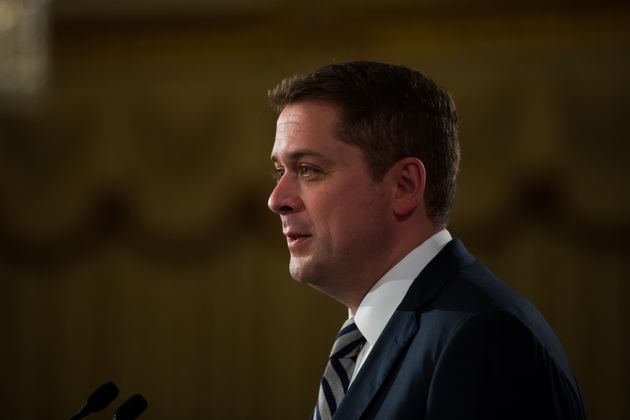NDP leader Jagmeet Singh revealed part of the party's climate change program today in promising to cut Canada's greenhouse gas emissions in half over the next decade.
NDP leader Jagmeet Singh says his party will cut Canada’s emissions almost in half over the next decade as he tries to stake out a claim to the climate change agenda in the looming federal election.
The pledge is one contained in an NDP motion expected today in the House of Commons that will lay out eight broad strokes of the NDP’s climate change platform. The motion asks for Prime Minister Justin Trudeau to declare “an environment and climate emergency” as well as pledge to cut emissions more deeply, eliminate government aid to the fossil fuel industry and cancel the planned expansion of the Trans Mountain pipeline. ...
That urgency for him means a slow end to the Canadian oil sector, which Singh says is on its way out whether Canadians like the idea or not.
“This is the direction the world is headed,” he said. ...
Last October, the United Nations Intergovernmental Panel on Climate Change warned drastic cuts to emissions are needed in the next decade to prevent global warming from becoming catastrophic. That report suggested Canada’s Paris climate change commitment, which would mean cutting annual greenhouse gas emissions by about 28 per cent compared to where they are now, is nowhere near enough.
Singh won’t put a specific number on his targets yet but he agrees the motion is “subtly suggesting” the NDP would aim for the UN targets, which would mean Canada has to cut emissions almost in half by 2030.
The Liberal government’s climate plan, including the carbon tax, getting rid of coal as a source of electricity and subsidizing the purchase of electric cars, still leaves Canada nearly 90 million tonnes shy of hitting the existing goal.
To slash more deeply would require more drastic action in Canada’s energy sector. Oil and gas production and refining accounts for about one-quarter of all Canada’s emissions.
https://www.nationalobserver.com/2019/05/13/news/ndp-unveils-parts-clima...


/cdn.vox-cdn.com/uploads/chorus_image/image/63320205/AP_19079767992156.0.jpg)











 The Chuckegg Creek fire in northern Alberta
The Chuckegg Creek fire in northern Alberta 



